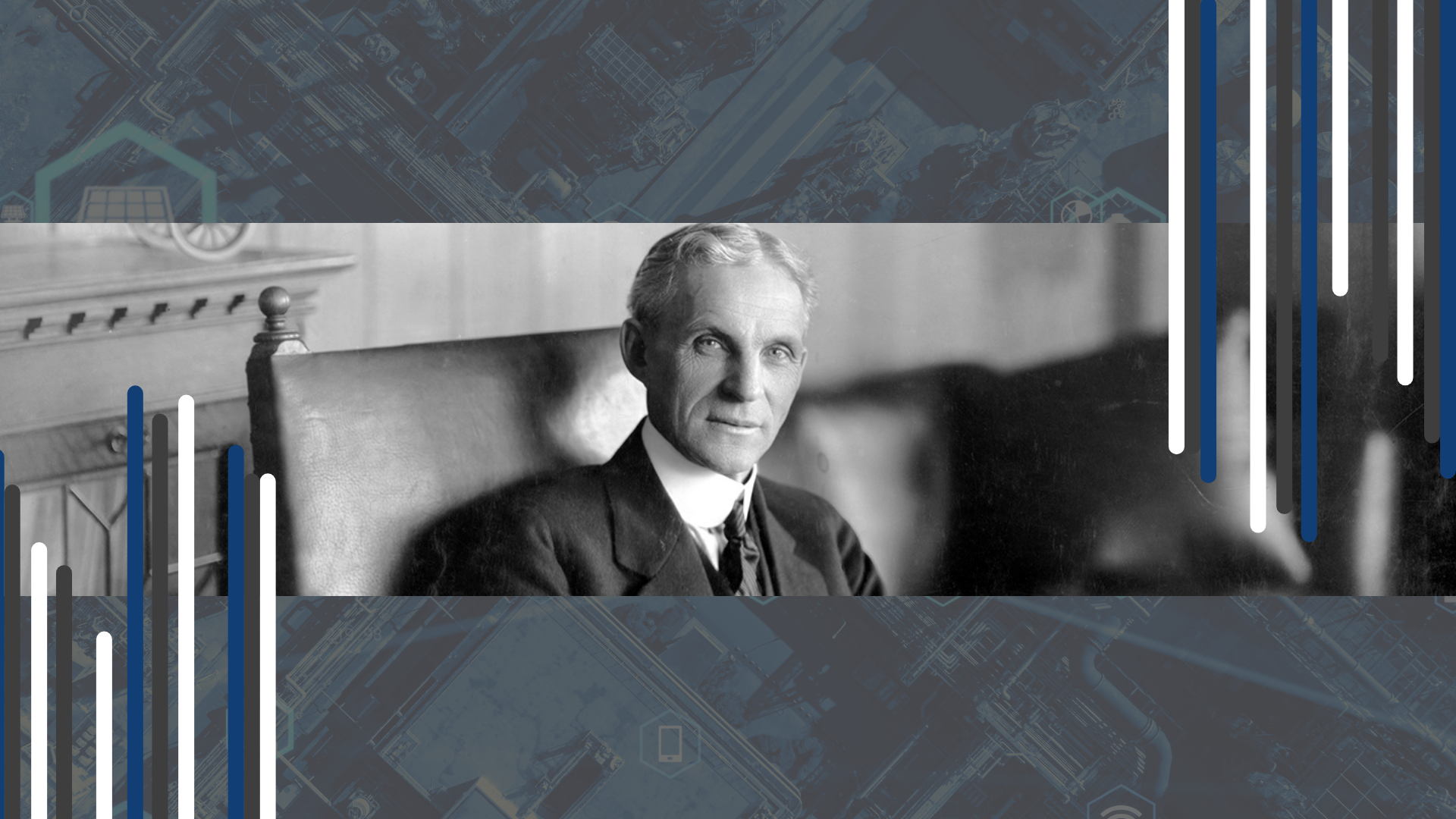There is no recognizable similarity between the first supply chain in history and today’s complex and Artificial Intelligence (AI)-driven counterpart. One hundred years ago, assembly lines enabling mass production were implemented by Henry Ford, supporting the production of consistent products on a large scale. Today’s global supply chains are based on multiple organizations, processes, and rapidly evolving technologies. However, with increased supply chain complexity comes greater challenges.
Modern Supply-Chain Challenges
Today’s supply chains face a multitude of challenges that Henry Ford never even imagined. Customers expect more: more products, complex logistics, more security, and of course, delivered yesterday. As a result, hard-to-contain costs throughout the supply chain are the norm. Specific challenges across the chain include:
- Resources and materials – scarcity, geopolitical issues, supply/demand pressures
- Inventory – adjusting for potential shortages, managing timing, avoiding overstocking, obsolescence
- Ensuring quality and safety – avoiding substandard parts, dealing with ever-changing safety standards
- Building and keeping relationships – maintaining a steep scarcity of supply-chain professionals is yet another challenge faced by logistics firms that can make the supplier relationship management cumbersome and ineffective.
- Managing volumes of data – managing and making sense of the sheer volume of data created and available across the supply chain that can result in solid decisions based on analysis is a staggering feat
- Visibility across supply chains – mandatory for resiliency, accuracy, survival downtimes, efficiency, and the ability to react properly and fast when necessary
- Cost efficiency
- Accurate pricing determination
Fortunately, there is technology today that addresses all of these challenges—specifically artificial intelligence.
AI: Thinking Outside the Human
AI is now employed across many industries including supply chains to automate repetitive tasks, eliminating the human errors that typically occur without it. From there, its predictive analysis forecasts, optimizes, supports, and automates decisions across the chain. Data analytics simply cannot be missing in today’s competitive and challenging environment. The ability to analyze the volume of data simultaneously enables faster decision-making and rationale.
Instead of trusting that humans will continue to innovate and perform outside the proverbial box, AI technology increasingly performs tasks in a way akin to the human brain. Its improvements over gray matter, however, include:
- Predictive analysis
- Self-optimization
- Productivity increases performing data-heavy monotonous work
- Automated operations for greater efficiency
- Planning and implementing the most rapid delivery of goods
- Supplier selection risk evaluation
- Chatbots for 24/7 customer service
- Risk mitigation
Eventually, it will enable fully autonomous shipping and product delivery. Basic AI capabilities for supply chains are also giving way to the advantages found in machine learning.
Where Machine Learning Comes In
A subset of artificial intelligence, machine learning allows an algorithm, software, or a system to learn and adjust without being programmed. Using data or observations to train a computer model based on data patterns improves trend analysis, anomaly discovery, and gaining greater predictive insights when the data sets are particularly massive.
Areas where machine learning is a natural are:
- Predictive analysis – especially in identification of hidden patterns
- Warehouse management – to avoid overstocking and understocking of product
- Automation of quality inspection – looking for container and packaging damage in transport
- Accuracy in forecasting − Telematics, IoT devices and intelligent transportation combine for improved insights, and other similarly powerful technologies. A report by McKinsey claims that AI- and ML-based implementations in the supply chain reduce forecast errors up to 50%
- Fraud prevention – provides real-time analysis to detect anomalies or deviation from normal patterns including preventing privileged credential abuse responsible for supply-chain breaches
- Last-mile tracking – optimizes the process and provides greater accuracy
Machine learning in supply chains also includes curbing waste and improving quality to gain cost-efficiency, enabling rapid problem-solving and providing faster administration.
The Bottom Line
According to McKinsey, 61% of executives report decreased costs and 53% report increased revenues as a direct result of introducing AI into their supply chains. Lower inventory-carrying costs, inventory reductions of up to 75%, and lower transportation and labor costs are among the top benefits.
AI, however, is not without its own challenges. The integration of artificial intelligence is arriving faster than some can manage. The result is that AI implementation will both solve existing and long-standing challenges, while creating others, which include:
- The Price Tag – AI is expensive, because it isn’t a one-size-fits-all solution. It’s created as independent systems to be integrated and installed and includes hardware, training, and scalability. An AI-operated machine uses computer chips made from rare materials and AI machines need constant updates, battery replacement, and a substantial level of energy for operation
- Ethical Issues – Examples include the inevitable elimination of jobs and the safety issues of AI used for autonomous vehicles in transport
There’s no doubt AI will transform supply chains over the next several years as it processes the data generated by operations, enabling quality control, predictive maintenance, and supply-chain optimization.
In the 100 years since Henry Ford implemented an assembly line and supply chains were born, automation, intelligence, machine learning, unprecedented data creation and analysis, and a global stance are creating a machine that Mr. Ford could never have fathomed.

